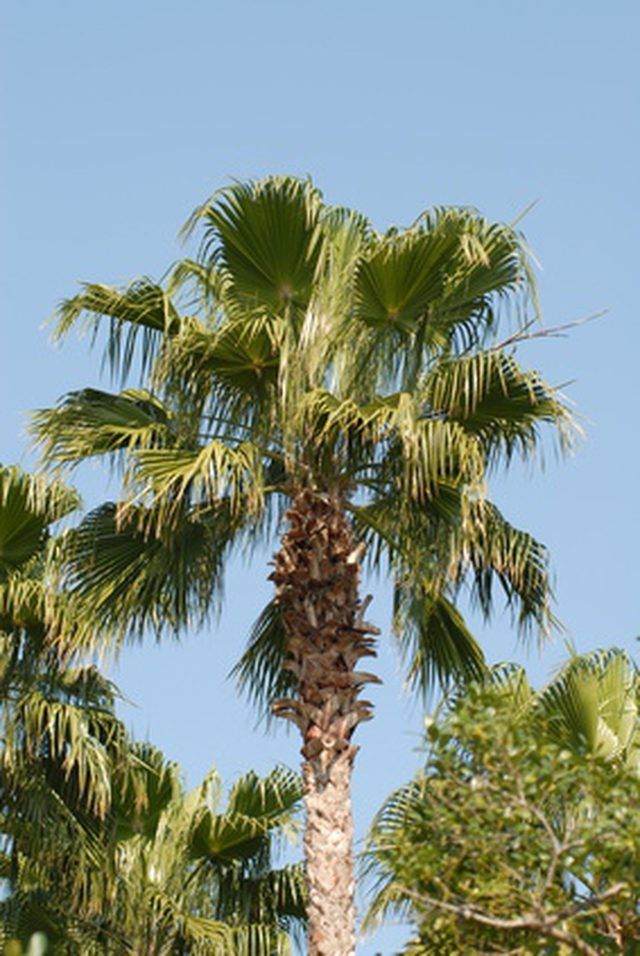Bulbs
Flower Basics
Flower Beds & Specialty Gardens
Flower Garden
Garden Furniture
Garden Gnomes
Garden Seeds
Garden Sheds
Garden Statues
Garden Tools & Supplies
Gardening Basics
Green & Organic
Groundcovers & Vines
Growing Annuals
Growing Basil
Growing Beans
Growing Berries
Growing Blueberries
Growing Cactus
Growing Corn
Growing Cotton
Growing Edibles
Growing Flowers
Growing Garlic
Growing Grapes
Growing Grass
Growing Herbs
Growing Jasmine
Growing Mint
Growing Mushrooms
Orchids
Growing Peanuts
Growing Perennials
Growing Plants
Growing Rosemary
Growing Roses
Growing Strawberries
Growing Sunflowers
Growing Thyme
Growing Tomatoes
Growing Tulips
Growing Vegetables
Herb Basics
Herb Garden
Indoor Growing
Landscaping Basics
Landscaping Patios
Landscaping Plants
Landscaping Shrubs
Landscaping Trees
Landscaping Walks & Pathways
Lawn Basics
Lawn Maintenance
Lawn Mowers
Lawn Ornaments
Lawn Planting
Lawn Tools
Outdoor Growing
Overall Landscape Planning
Pests, Weeds & Problems
Plant Basics
Rock Garden
Rose Garden
Shrubs
Soil
Specialty Gardens
Trees
Vegetable Garden
Yard Maintenance
Facts About Florida's State Tree
Facts About Florida's State Tree. The official Florida state tree is the sabal palm. It is also known as the palmetto, sabal palmetto and the cabbage palm. The tree is a member of the Arecaceae family and is native to the southeastern United States, Cuba and the Bahamas.

The official Florida state tree is the sabal palm. It is also known as the palmetto, sabal palmetto and the cabbage palm. The tree is a member of the Arecaceae family and is native to the southeastern United States, Cuba and the Bahamas.
History
In 1953, the sabal palm was designated as the official state tree of Florida. The tree is represented on the state flag within the great seal.
Description
The sabal palm reaches up to 80 feet in height with fan-shaped leaves 4 to 6 feet long. The white flowers are small and the nearly round fruit is a dark, shiny blue.
Function
Florida has been planting hundreds of sabal palms along the freeways to absorb road noise. It is also used as an ornamental and a street tree, according to the Floridata website.
Considerations
The sabal palm requires little maintenance because it is salt- and drought-resistant. The tree can adapt to most types of soils and can be used in beach plantings.
Features
The sabal palm does best in USDA plant hardiness zones 8 to 10. The tree is frost-tolerant and can survive at many degrees below freezing.